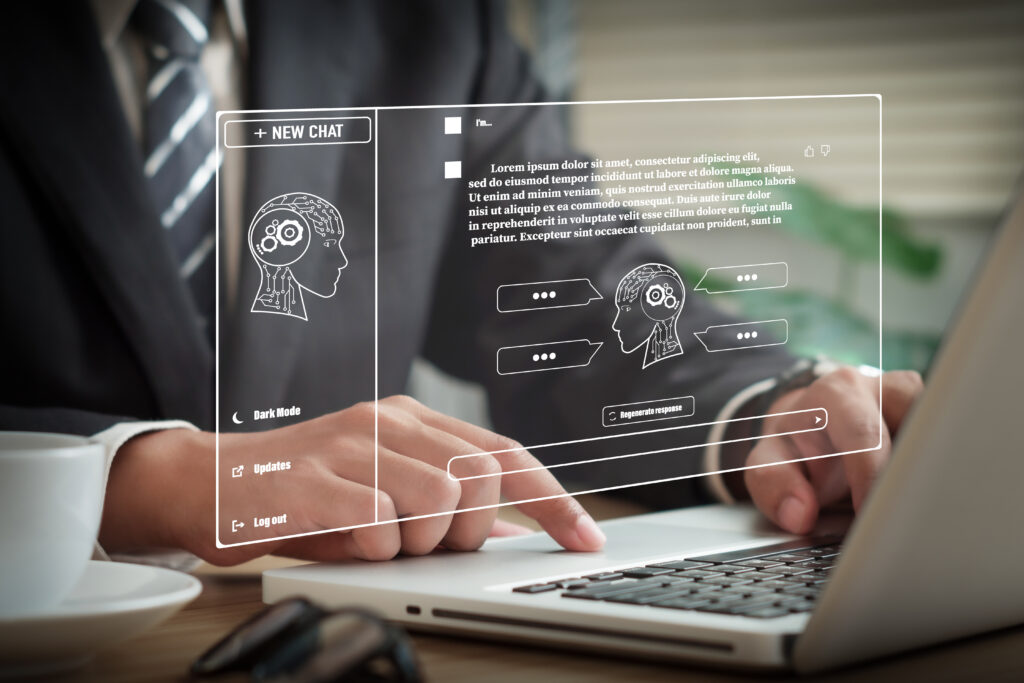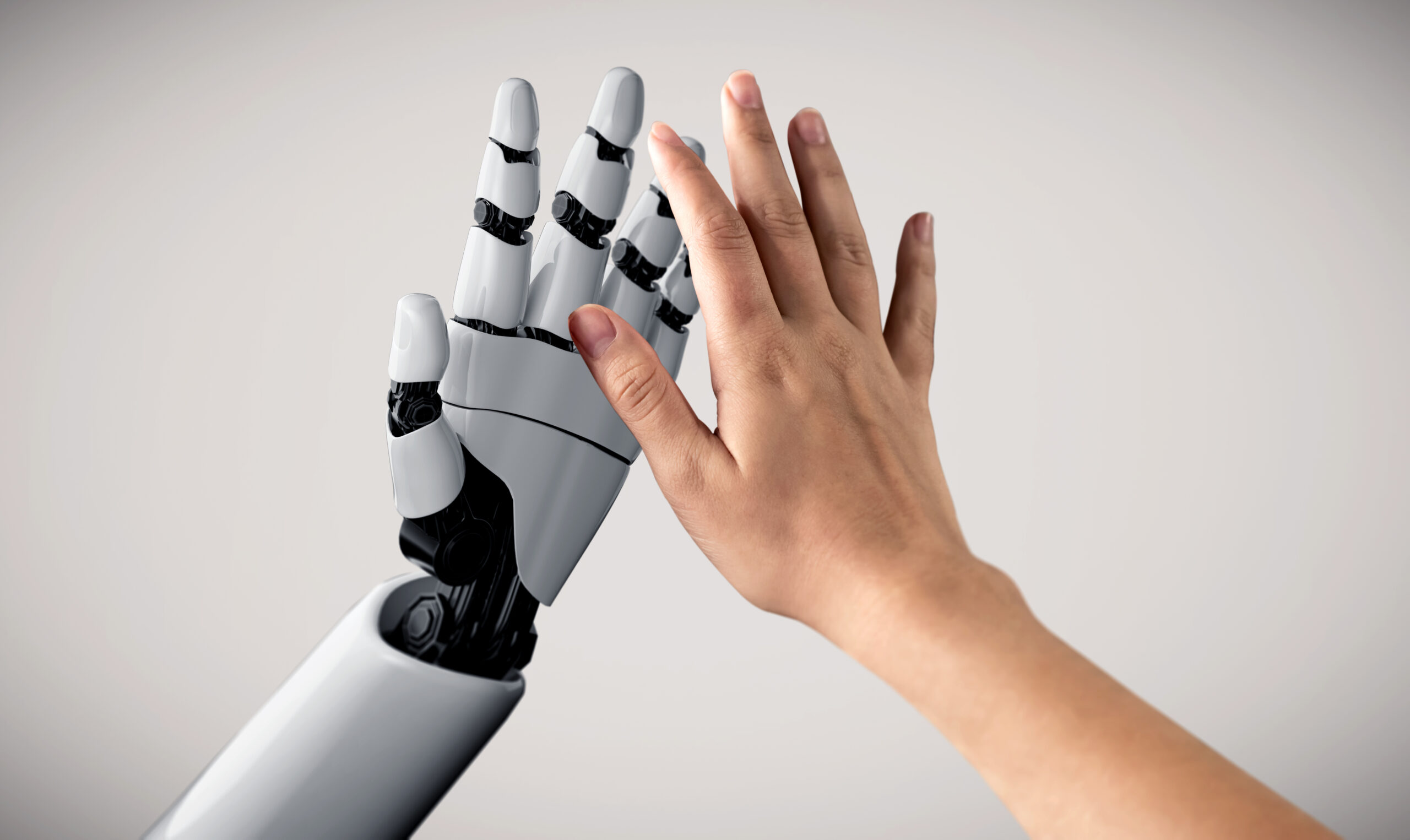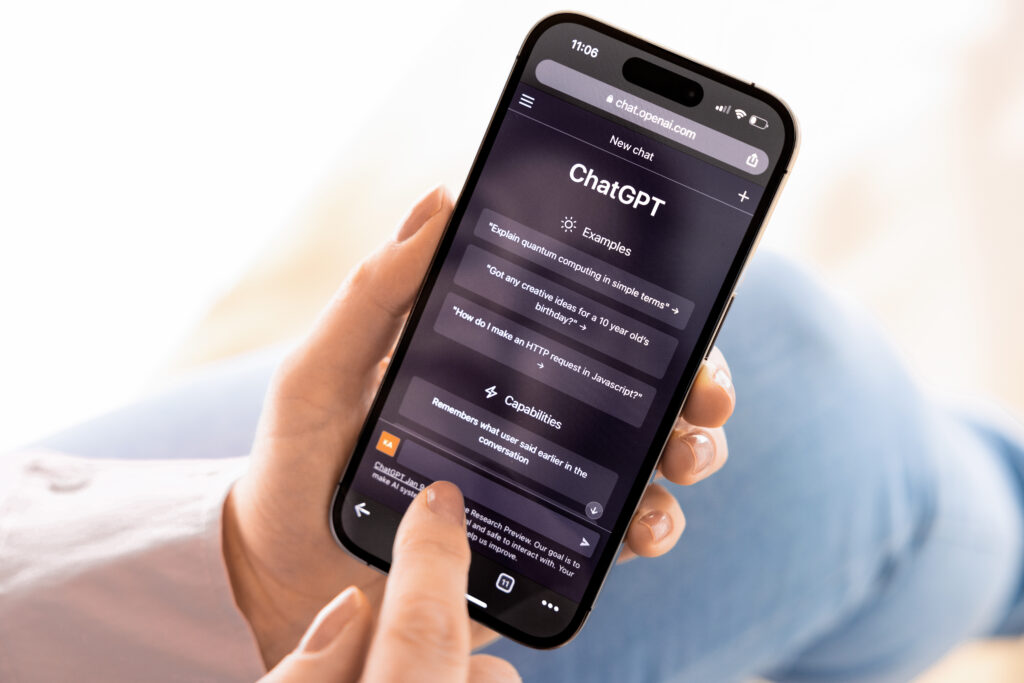Revolutionising UX design: The power of artificial intelligence and generative AI.
Artificial Intelligence (AI) is a term that has been widely used in the IT industry for quite some time. However, the use of AI in the UX process is a relatively new development that has the potential to revolutionize the way designers approach user experience. In this article, I will tell you about the benefits of using AI in the UX process and how it can help you create more effective and user-friendly designs.
Artificial Intelligence: An Introduction to a Growing Technology.
Artificial Intelligence refers to the simulation of human intelligence in machines that are programmed to think and learn like humans. These machines can analyze and interpret complex data, recognize patterns, and make decisions based on that data. AI algorithms can be trained to perform specific tasks, such as image recognition, natural language processing, and predictive analytics.
Discovering the Future: Reasons behind the Growing Interest in Artificial Intelligence.
The rise of AI is a very popular topic these days, and for good reason. This technological advancement is transforming into a true revolution, comparable to the Industrial Revolution of the 18th century in Europe. The Industrial Revolution brought innovative machines, resulting in mass production and an increase in productivity. Similarly, AI is allowing for more efficient automation, personalization, and decision-making across various industries. As AI continues to advance, however, there are concerns about job loss and the need for new skills and education to adapt to the changing workforce. But, despite these challenges, many see AI as a powerful tool for improving quality of life and work.

Intelligent UX Design: How AI Can Transform Your Creative Process.
In the UX process, you can use AI to analyze user behavior and provide insights that allow you to create more effective and user-friendly designs.
- Personalisation: You can use AI algorithms to analyze user behavior and create personalized experiences. For example, Amazon uses AI to recommend products based on a user's browsing and purchase history.
- Predictive Analytics: AI allows you to predict user behavior based on historical data. For example, an application can predict the user's next action and provide relevant information to make the user experience smoother.
- A/B Testing: Using AI algorithms, you can analyze A/B test results and provide insights on which version of the design is more effective.
- Natural Language Processing: Using AI, it's possible to analyze user comments and provide insights on how users are interacting with a design. For example, an application can use natural language processing to analyze user reviews and identify areas where the design can be improved.
- Image Recognition: AI allows you to analyze images and identify patterns. For example, an application can use image recognition to identify objects in photos and provide relevant information.
Benefits of Artificial Intelligence in User Experience Design:
The use of AI in the UX process can have several benefits, including:
- Improvement of user experience
- Faster design iteration
- Cost reduction
- Make data-informed decisions:
Maximize your UX design process with artificial intelligence

There is a wide variety of tools that you can implement in your design processes:
- Artbreeder: a platform that allows you to explore and combine different visual styles using a neural network.
- RunwayML: a tool that allows you to use pre-trained machine learning models to generate new designs.
- Adobe Sensei: a set of artificial intelligence and machine learning technologies integrated into Adobe's creative tool suite.
- Deep Dream Generator: a web tool that generates surreal images using neural networks.
- NVIDIA GauGAN: a tool that allows you to create realistic landscape photos from simple sketches.
- DALL-E: an AI program developed by OpenAI that generates images from textual descriptions.
- Generative.fm: a platform that uses AI to generate ambient music in real-time.
- Prisma: a mobile application that uses neural networks to transform your photos into works of art.
- Canva: a design platform that uses AI to suggest design elements based on your content and preferences.
- ChatGPT: a language model that generates text responses based on inputs or "prompts," and can become a great ally in improving your design process, from ideation to prototyping and testing.
If you're interested in learning how to apply ChatGPT to your UX design process, I recommend this article with a a practical guide on incorporating AI into your daily workflow..
Tips and best practices when implementing AI:
When implementing these AI tools, it's important to incorporate them into your daily routine and experiment whenever you have a practical task to complete. When you need to create something, from UI design to writing a brief, I recommend trying various AI tools to get an idea of how they can add value. Additionally, it's important to follow best practices when using AI in UX design. This includes collaborative work between human designers and AI, transparency and accountability in the use of AI, and continuous evaluation and testing of AI-driven designs.
Technology vs. Creativity: Can AI replace UX designers?

It is unlikely that AI will replace UX designers, as while AI can automate some tasks and provide valuable insights, it still lacks the human creativity, critical thinking, intuition, and empathy that are essential for solving complex design challenges and creating effective experiences.
Therefore, it is more likely that AI will become our ally and enhance our abilities while improving efficiency. For example, AI can analyze large amounts of data to identify patterns and trends, freeing up time for us to focus on more strategic tasks.
Join the revolution and unlock the power of AI to take your designs to the next level!
What does this mean for UX designers? Firstly, it implies that we must start thinking about design in a completely new way. We must be willing to experiment, take risks, and embrace the possibilities that these technologies offer.
It also means that we must be willing to acquire new skills and adapt to new ways of working. With the growing presence of ChatGPT and generative AI, they will become an essential part of our design tools, and we must be prepared to leverage their full potential.
But most importantly, we must continue to focus on the user. Although these technologies offer new and exciting possibilities, we must never forget that our ultimate goal as UX designers is to create products and services that are truly valuable and meaningful to the people who use them.
Let's embrace the future of UX design with enthusiasm and curiosity, and continue to push the boundaries of what is possible in this constantly evolving field. Who knows, with ChatGPT by our side, we could become the next Picasso of UX design.
Thank you very much for taking the time to read this article! I hope it has been useful for you to start exploring the world of AI in design.
I'm excited to see how AI will continue to transform the field of design in the coming years, and I hope we can work together to create innovative and inclusive solutions for users. Until next time!


